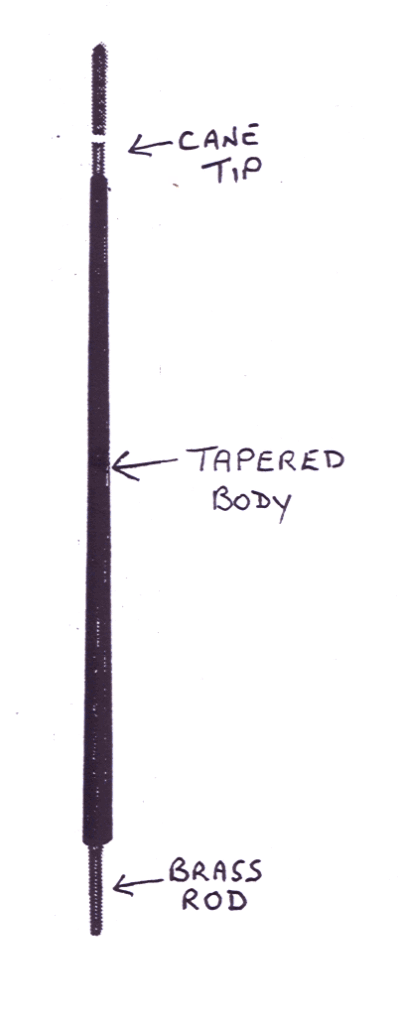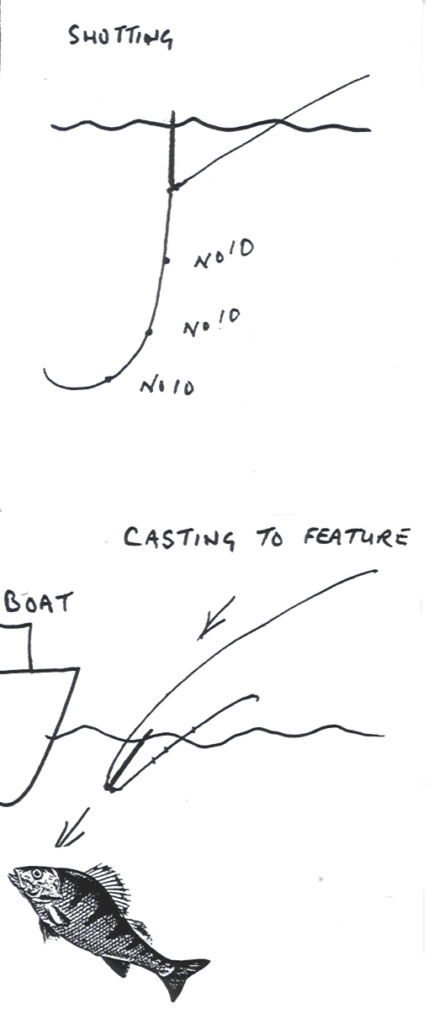The Dart Waggler

🪶 DART WAGGLER
(A Classic Canal & Close-Range Waggler Float)
The dart waggler is essentially a mini version of the loaded straight waggler, designed for close-range work on small venues such as canals, drains, narrow rivers, and intimate swims.
This classic float has its roots in the Lancashire canals, where, as early as the 1950s — and probably before — anglers were already fishing far banks with bloodworm long before pole fishing became mainstream. It didn’t take long for match anglers to realise just how effective this little float could be.
Originally crafted from balsa wood with a short cane tip and brass insert base, it resembled a dart in shape and name. It quickly became a favourite for bread punch, squatt, and pinkie fishing, allowing anglers to present delicate baits with pinpoint accuracy.
🧰 Design & Features
Body: Elongated, tapered balsa
Tip: Cane insert, approx. ½”
Base: Brass insert (self-cocking)
Length: 6″ to 10″
Attachment: Eye or silicone adaptor
Because the float is self-cocking, only a few dust or No. 10 shots are required on the line, which makes for an ultra-sensitive presentation. It’s a perfect float for shallow water and for catching fish on the drop.
🌊 Why It Works
🪝 Excellent for close, accurate casting
🎯 Very sensitive tip for shy bites
🧭 Low shotting means minimal tangles
🪶 Ideal for fishing tight against features such as boats, overhanging bushes, and moored tins
🐟 A proven classic for squatt, pinkie, and bread punch work
Because of its dart-like shape, the float cuts through the air beautifully, and its brass loading gives it both stability and weight for accurate placement.
🏆 Pro Tip: Casting & Line Control
Casting: Underarm, side-arm, or overhead casts are all effective. Because of its balance, the dart waggler seldom tangles.
Checking: If you check the float just as it hits the water, the shot will spread along the line; if you don’t, they’ll follow the float into position — ideal for dropping tight to features.
Sinking the line: Place the rod tip underwater and give a short, sharp lift upwards. This sinks the line cleanly without pulling the float out of position.
Clip the line to the reel clip or use a rubber band to ensure consistent casting distance.
🪶 In Practice
The dart waggler shines in situations where accuracy and delicacy matter more than distance. When fish are holding tight to far-bank cover, this float allows you to present a bait within inches of the target — often producing bites where other floats would fail.
🕰️ 🎣 Classic Float Heritage
“The Dart Waggler gave us precision at a time when poles didn’t exist. It’s still in my tackle box today — and it still wins matches.” — Clive Branson
🎨 Illustration Box:
🪶 Float Type: Dart Waggler
🌊 Ideal Venue: Small canals, drains, intimate rivers
🐟 Target Species: Roach, skimmers, perch, chublets
🪝 Rigging Tip: 2–3 No. 10 shot only for natural fall
🧪 Key Advantage: Pinpoint accuracy and ultra-sensitive presentation
📘 For canal tactics, shotting patterns, and far-bank feature fishing, see Clive Branson’s Float Fishing Manual (Paperback & PDF Download).


Now Available: The Complete Float Manual. Over 169 pages of content on Amazon Click on the link below https://amzn.to/4n1QcTy

📘 Download the Complete Float Manual – Instant Access
Bring decades of float-fishing knowledge straight to your screen.
Written by World Champion Clive Branson, The Complete Float Manual is a 167+ page eBook packed with practical techniques, classic float designs, diagrams, and championship-winning methods.
✅ Learn how to use wagglers, stick floats, pole floats and more
✅ Discover the history and evolution of float fishing
✅ Get pro tips and tactics used at the highest level
✅ Ideal for beginners and experienced match anglers alike
💻 Instant Download (PDF) — no waiting, no shipping
💳 Secure checkout with PayPal
👉 Order now and start reading within minutes.